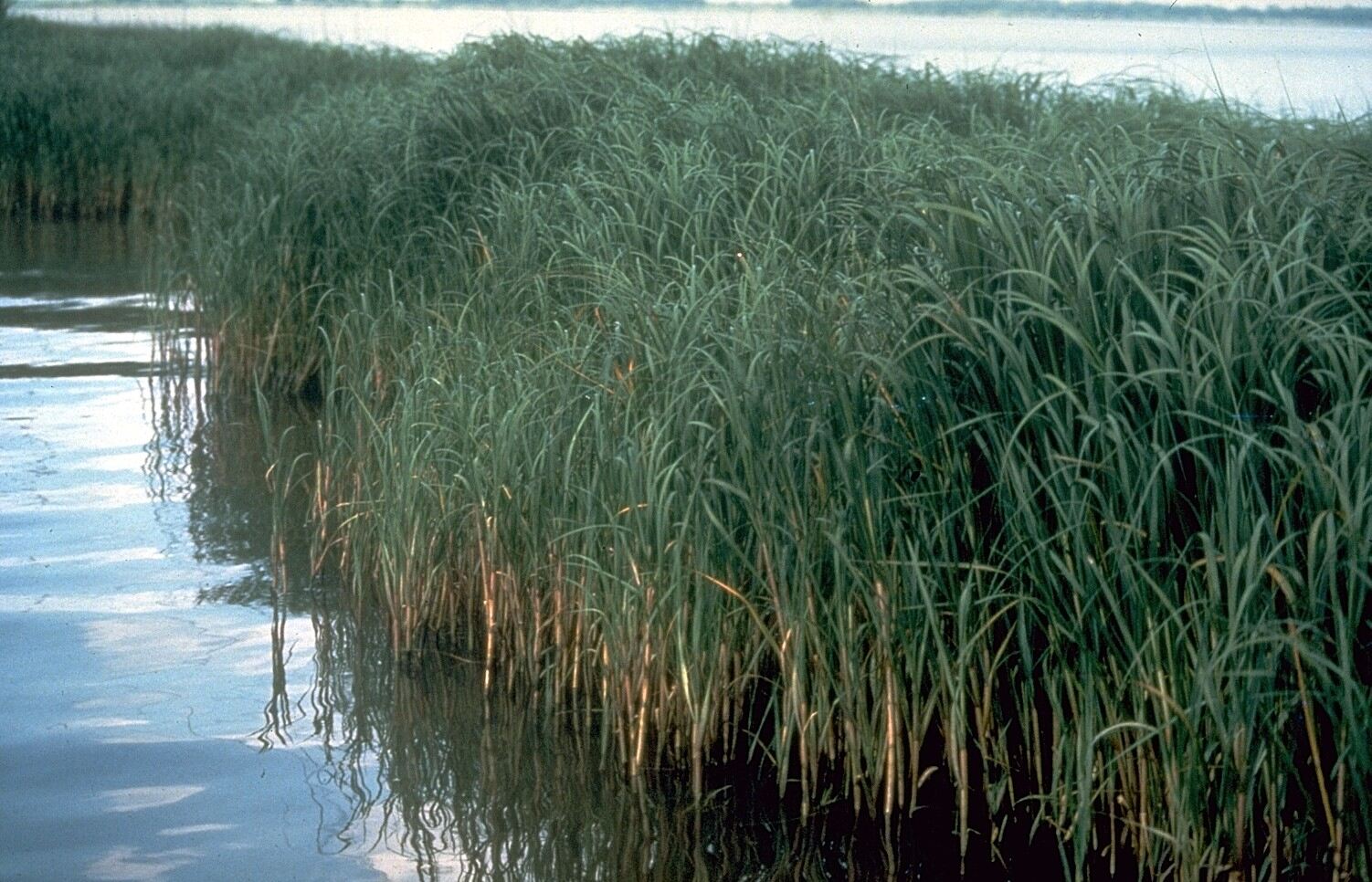
Spartina grass, a resilient and versatile plant, holds a significant place in the world of coastal ecosystems. Its remarkable adaptability to various environmental conditions and its crucial role in stabilizing shorelines make it a subject of fascination for researchers, environmentalists, and nature enthusiasts alike. From its distinctive appearance to its ecological importance, Spartina grass has much to offer in terms of both visual appeal and environmental impact. In this article, we'll delve into 18 intriguing facts about Spartina grass, shedding light on its unique characteristics, ecological functions, and the vital role it plays in maintaining the delicate balance of coastal habitats. Join us on this exploration of the captivating world of Spartina grass, and discover the fascinating details that make this plant a true marvel of nature.
Key Takeaways:
- Spartina grass, also known as cordgrass, is a vital coastal plant that provides habitat for wildlife, protects shorelines, and supports biodiversity, making it crucial for preserving coastal ecosystems.
- Spartina grass is a resilient and important plant species that helps trap sediments, filter pollutants, and contribute to wetland restoration, showcasing its vital role in maintaining the health of estuarine environments.
Spartina Grass Dominates Coastal Marshes
Spartina grass is a dominant plant species in coastal marshes, where its extensive root system helps stabilize the soil and protect against erosion.
It Thrives in Salty Environments
This hardy grass species has a remarkable tolerance for high salinity levels, allowing it to flourish in brackish and saltwater marshes.
Spartina Grass Provides Habitat for Wildlife
The dense stands of Spartina grass provide essential habitat for various wildlife species, including birds, fish, and invertebrates.
It Contributes to Coastal Protection
Spartina grass plays a crucial role in coastal protection by reducing the impact of waves and storm surges, thereby safeguarding shorelines from erosion.
Spartina Alterniflora is a Common Species
Spartina alterniflora, also known as smooth cordgrass, is one of the most widespread species of Spartina grass, found along the Atlantic and Gulf coasts of the United States.
It Facilitates Sediment Accumulation
The intricate root systems of Spartina grass facilitate the accumulation of sediment, contributing to the gradual buildup of marsh areas.
Spartina Grass is a Carbon Sink
As a primary producer, Spartina grass absorbs carbon dioxide during photosynthesis, playing a role in carbon sequestration and mitigating climate change.
It Exhibits Rhizome Growth
Spartina grass spreads through rhizome growth, enabling it to colonize and expand its presence within marsh ecosystems.
Spartina Grass Can Tolerate Flooding
This resilient grass species can withstand periodic flooding, thanks to adaptations that allow it to survive in waterlogged conditions.
It Supports Biodiversity
Spartina grass fosters biodiversity by creating a complex habitat that sustains a diverse array of plant and animal species within marsh ecosystems.
Spartina Grass is a Nursery for Fish
The dense stands of Spartina grass serve as vital nurseries for juvenile fish, offering protection and abundant food sources crucial for their early development.
It Enhances Water Quality
Spartina grass contributes to improved water quality by trapping sediments and filtering pollutants, thereby enhancing the overall health of estuarine environments.
Spartina Grass is Used in Wetland Restoration
Due to its ecological significance, Spartina grass is often utilized in wetland restoration projects aimed at enhancing the resilience of coastal ecosystems.
It Displays Seasonal Growth Patterns
Spartina grass exhibits distinct seasonal growth patterns, with vigorous growth during the warmer months and dormancy during winter.
Spartina Grass is a Food Source for Wildlife
Various herbivorous species, such as geese and muskrats, rely on Spartina grass as a primary food source, utilizing its nutritious foliage for sustenance.
It Supports Soil Formation
The extensive root systems of Spartina grass contribute to soil formation and stability, playing a pivotal role in the development of marsh landscapes.
Spartina Grass is Subject to Invasive Species Management
In some regions, Spartina grass faces challenges from invasive species, prompting conservation efforts to manage and preserve its native habitats.
It Inspires Scientific Research
The ecological significance of Spartina grass has sparked extensive scientific research aimed at understanding its role in coastal ecosystems and the broader implications for environmental conservation.
Spartina grass stands as a testament to nature's resilience and the intricate interplay of plant species in shaping diverse ecosystems. Its ecological contributions underscore the importance of preserving and understanding this remarkable coastal grass species.
Conclusion
In conclusion, Spartina grass is a fascinating and resilient plant species that plays a crucial role in coastal ecosystems. Its ability to thrive in harsh saltwater environments makes it a vital component of salt marshes, providing erosion control, habitat for diverse wildlife, and water filtration. The unique adaptations of Spartina grass, such as its salt excretion and oxygen transport mechanisms, showcase the remarkable resilience of nature. Understanding the importance of Spartina grass in coastal ecosystems highlights the need for conservation efforts to protect these valuable habitats and the biodiversity they support.
FAQs
What are the main ecological benefits of Spartina grass?Spartina grass provides essential ecological benefits, including stabilizing coastal soils, protecting against erosion, and creating habitats for various marine organisms. Its dense root system also helps to filter pollutants from the water, contributing to improved water quality in coastal areas.
Is Spartina grass invasive?While Spartina grass can be invasive in certain regions, it is important to note that not all species of Spartina are invasive. Native Spartina species play a vital role in maintaining the integrity of salt marsh ecosystems, and efforts are underway to manage non-native invasive species while preserving the ecological functions of native Spartina grass.
Was this page helpful?
Our commitment to delivering trustworthy and engaging content is at the heart of what we do. Each fact on our site is contributed by real users like you, bringing a wealth of diverse insights and information. To ensure the highest standards of accuracy and reliability, our dedicated editors meticulously review each submission. This process guarantees that the facts we share are not only fascinating but also credible. Trust in our commitment to quality and authenticity as you explore and learn with us.
